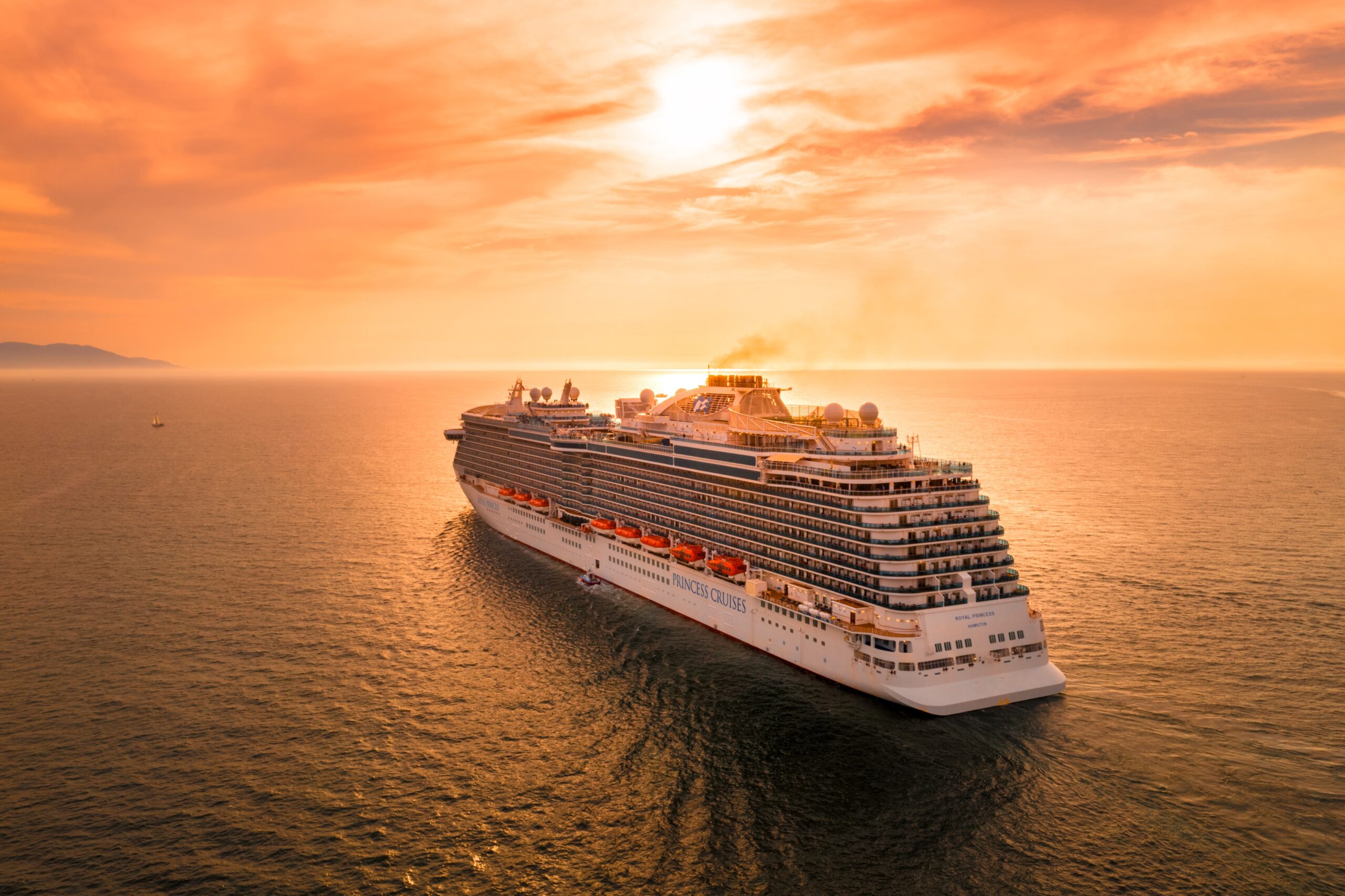Have you ever thought about working on a cruise ship abroad?
The thought of traveling the world and getting paid for it sounds amazing.
However, you may have some questions about how to manage your spending while onboard.
Don’t worry; we’ve got you covered.
Learn how to make transactions on a cruise ship in this comprehensive guide.
What's Covered in This Article
Cash vs. Credit
When it comes to paying for items on a cruise ship, cash may not always be king.
Most cruise ships use cashless systems, meaning that guests are issued a “cruise card,” which is linked to their account.
This card acts as a form of payment for everything on board, from food and drinks to souvenirs and excursions.
While cash is accepted on most cruise ships, it is not as convenient as using your cruise card.
Credit cards are also widely accepted on board, but be aware of any foreign transaction fees that your bank may charge.
Pre-Paid Options
Another convenient payment option is to pre-pay for certain amenities or packages before boarding the ship.
Some cruise lines offer drink or onboard credit packages that you can purchase in advance.
This limits your spending on board and ensures that you don’t overspend on drinks or extras.
Gratuities
Most cruise lines automatically charge gratuities to your account, which cover the services of your stateroom attendant, dining room waiters, and other staff members who assist you during your trip.
Be sure to check with your cruise line to see if gratuities are included in your fare or added to your account.
ATM Access
If you do need to withdraw cash on board, most cruise lines have ATMs available.
However, be aware that these ATMs may charge a fee for transactions, and your bank may also charge additional fees for foreign withdrawals.
It’s a good idea to bring some cash with you in case of emergencies, but for most purchases, your cruise card will suffice.
Currency Exchange
If you’re working on a cruise ship, you may need to exchange your currency for US dollars, which is the standard currency on most ships.
The ship’s currency exchange desk can assist you with this process, but be aware that exchange rates may not be as favorable as those on land.
You can also exchange currency before you board the ship to avoid any additional fees or unfavorable exchange rates.
Conclusion
Working on a cruise ship can be a rewarding and exciting experience, but it’s important to know how to manage your finances while onboard.
Most cruise ships use cashless systems, and credit cards and cash are also accepted on board.
Pre-paid options and automatic gratuities can help limit your spending, and ATM access and currency exchange desks are available if needed.
With this guide, you can feel confident in your ability to make transactions on a cruise ship and enjoy your time at sea to the fullest.



